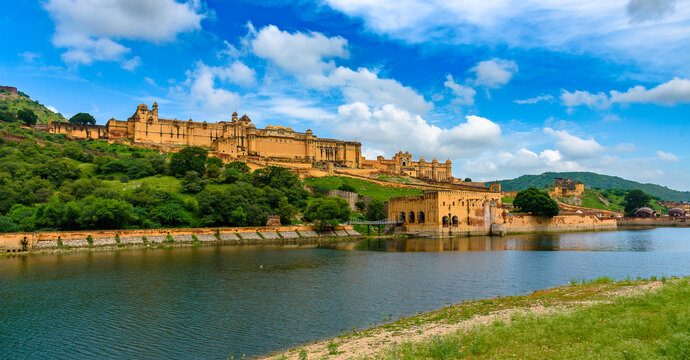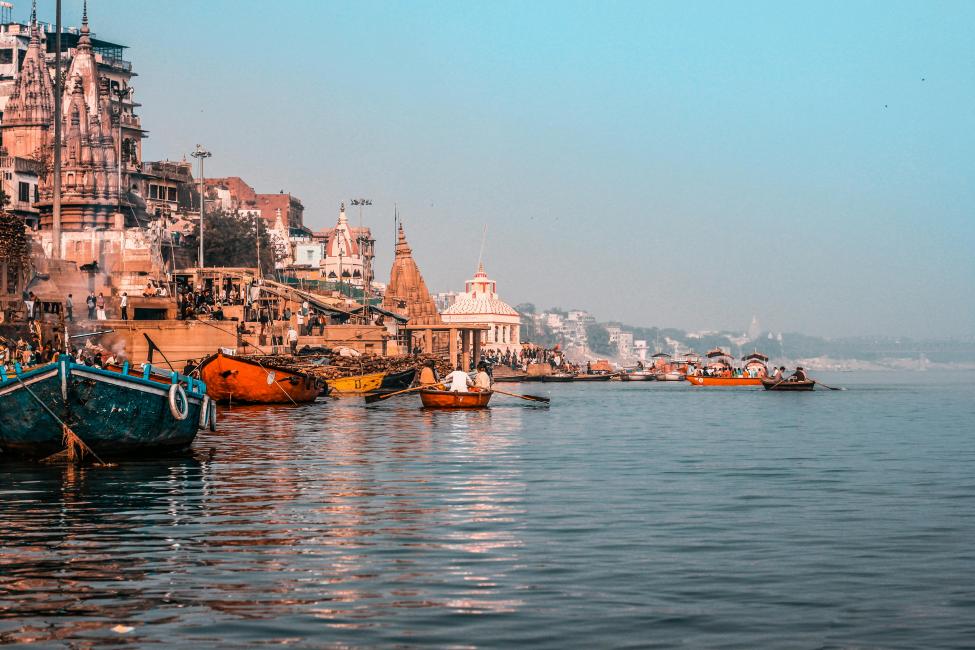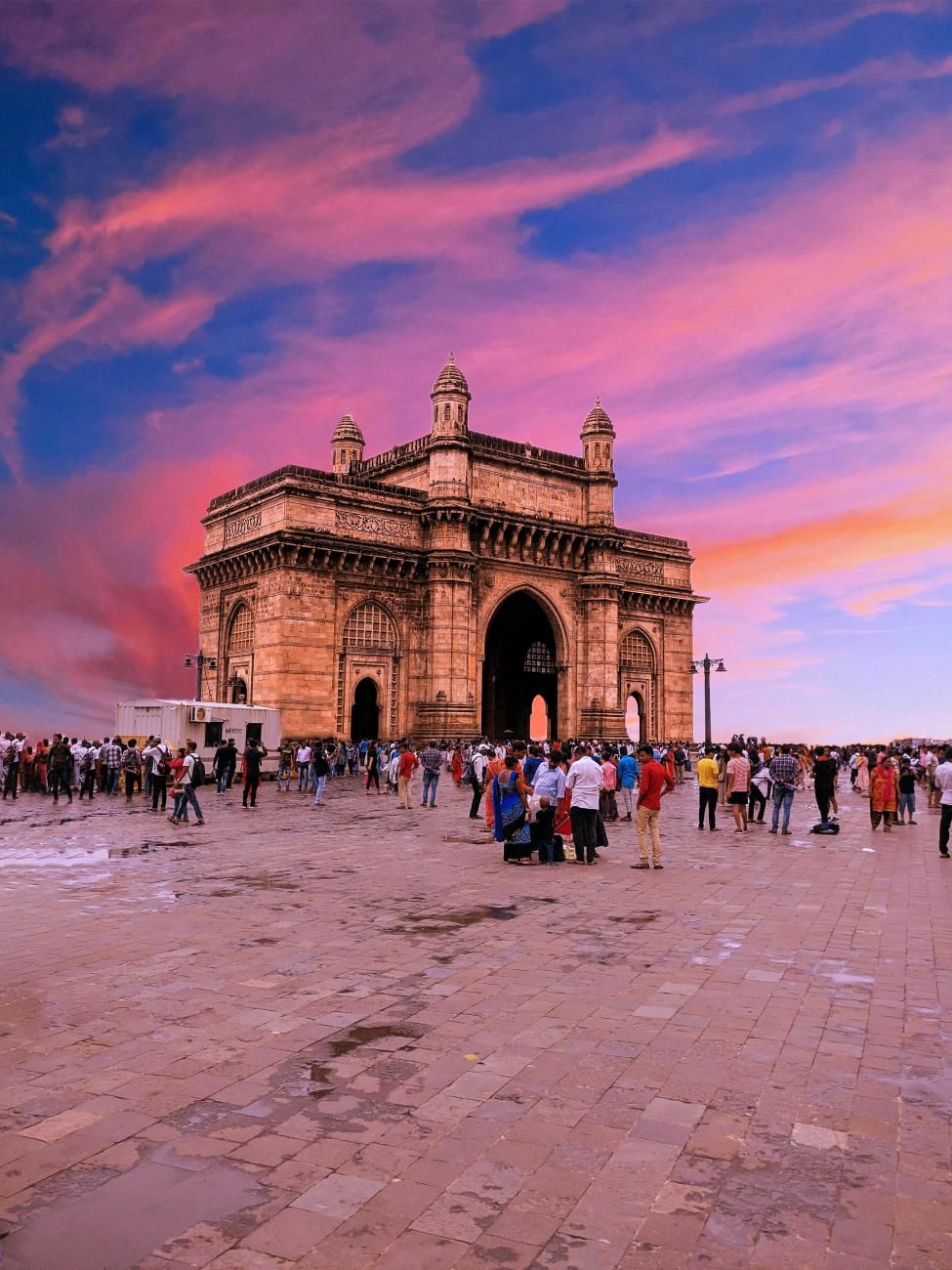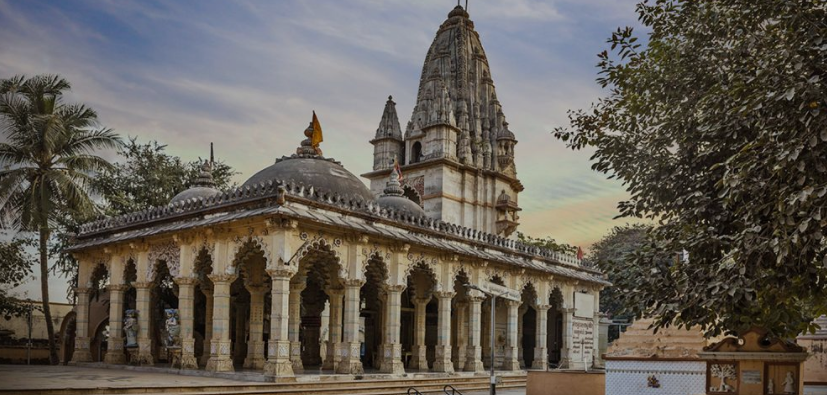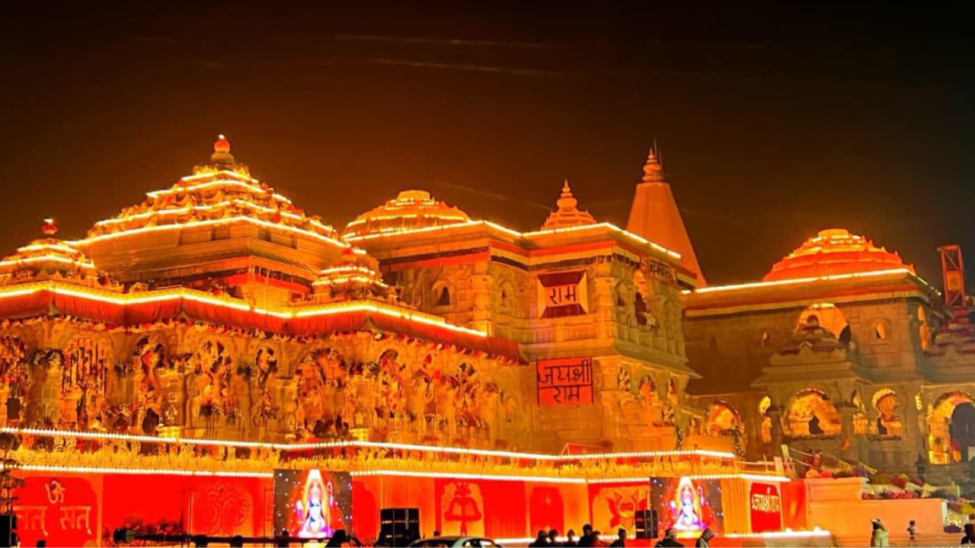 Golghar, Patna
Golghar, Patna
Golghar, Patna - A Historic Granary with Panoramic Views
Golghar in Patna is a historic granary built in 1786 by Captain John Garstin to store grain during famines. Its unique beehive-shaped architecture and panoramic city views attract many visitors. Today, Golghar stands as a proud symbol of Patna’s rich heritage and history.
Golghar, Patna
Golghar is one of the most iconic landmarks of Patna, Bihar, known for its unique beehive-shaped architecture and historical significance. Built in 1786 by Captain John Garstin, this massive granary was designed to store grains and prevent famine in the region. Today, it stands as a symbol of Patna’s heritage and offers breathtaking views of the Ganga River and the city.
Architecture and Design
Golghar is a stupa-like structure made entirely of brick and lime, with a height of about 29 meters. Its base measures around 125 meters in diameter, making it one of the largest granaries of its time.
The building has no pillars inside, and its spiral staircase with 145 steps allows visitors to climb to the top and enjoy a 360-degree view of Patna city and the Ganges flowing nearby.
History Behind Golghar
During the Bengal famine of 1770, the British realized the need for a permanent grain storage facility. Captain John Garstin, an engineer of the British East India Company, built Golghar to store up to 140,000 tons of grain. Although it was meant to be a functional granary, it later became a historical monument admired for its architecture.
Best Time to Visit
The best time to visit Golghar is between October and March, when the weather is pleasant for sightseeing. Early morning or evening visits are perfect to enjoy the stunning sunrise or sunset views from the top.
Entry Fee and Timings
- Entry Fee: Free
- Visiting Hours: 10:00 AM - 5:00 PM
- Closed On: Monday
Nearby Places to visit
- Gandhi Maidan - Just a few minutes away
- Patna Museum - Showcasing Bihar’s rich history
- Srikrishna Science Centre - A fun and educational visit
- Mahavir Mandir - One of the most visited temples in Patna

 Chowpatty Beach Porbandar - Peac..
Chowpatty Beach Porbandar - Peac.. Somnath Beach, Gujarat - A Seren..
Somnath Beach, Gujarat - A Seren.. Best Places to Visit in Shimla, ..
Best Places to Visit in Shimla, .. Govind Dev Ji Temple Vrindavan �..
Govind Dev Ji Temple Vrindavan �.. Jodhpur: The Blue City of Rajast..
Jodhpur: The Blue City of Rajast.. Short Weekend Escapes (Within 20..
Short Weekend Escapes (Within 20.. Sur Sagar Lake - The Heart of Va..
Sur Sagar Lake - The Heart of Va.. Goa, known as the party capital ..
Goa, known as the party capital .. Nizamuddin Dargah Delhi - Timing..
Nizamuddin Dargah Delhi - Timing.. Neelkanth Mahadev Temple Rishike..
Neelkanth Mahadev Temple Rishike.. Prabhas Patan Museum - A Treasur..
Prabhas Patan Museum - A Treasur.. Chandratal Lake Travel Guide –..
Chandratal Lake Travel Guide –.. Adalaj Stepwell, Gandhinagar - T..
Adalaj Stepwell, Gandhinagar - T.. Jamnagar - The Jewel of Kathiawa..
Jamnagar - The Jewel of Kathiawa.. Children’s Park, Gandhinagar -..
Children’s Park, Gandhinagar -..
